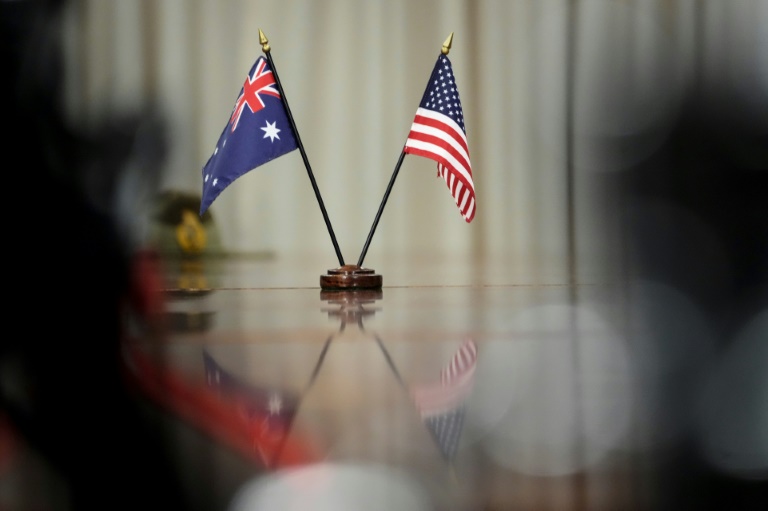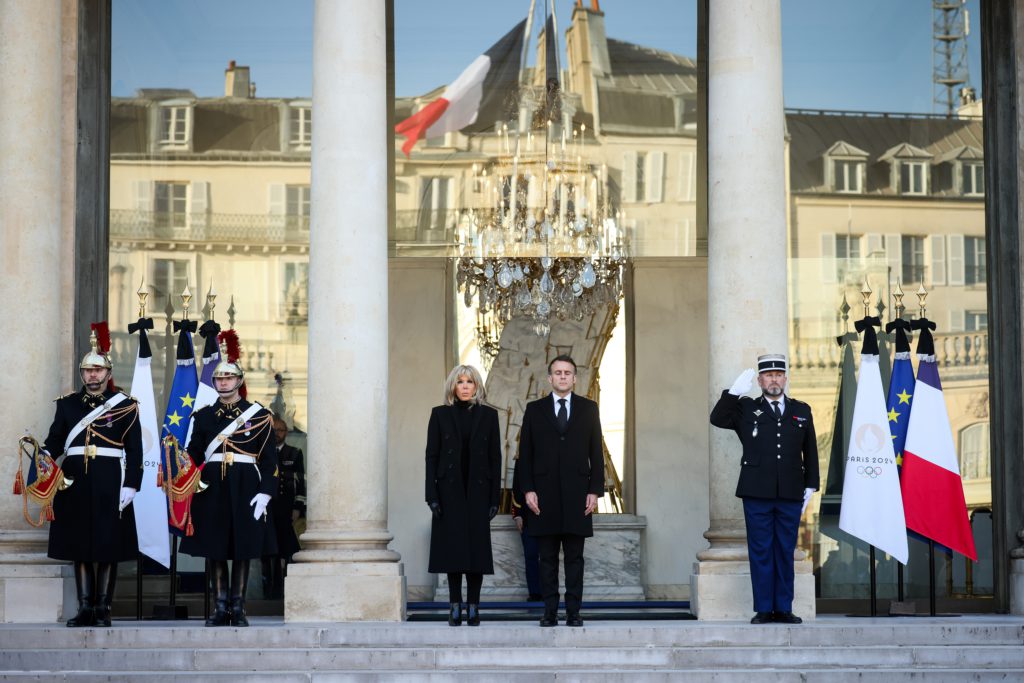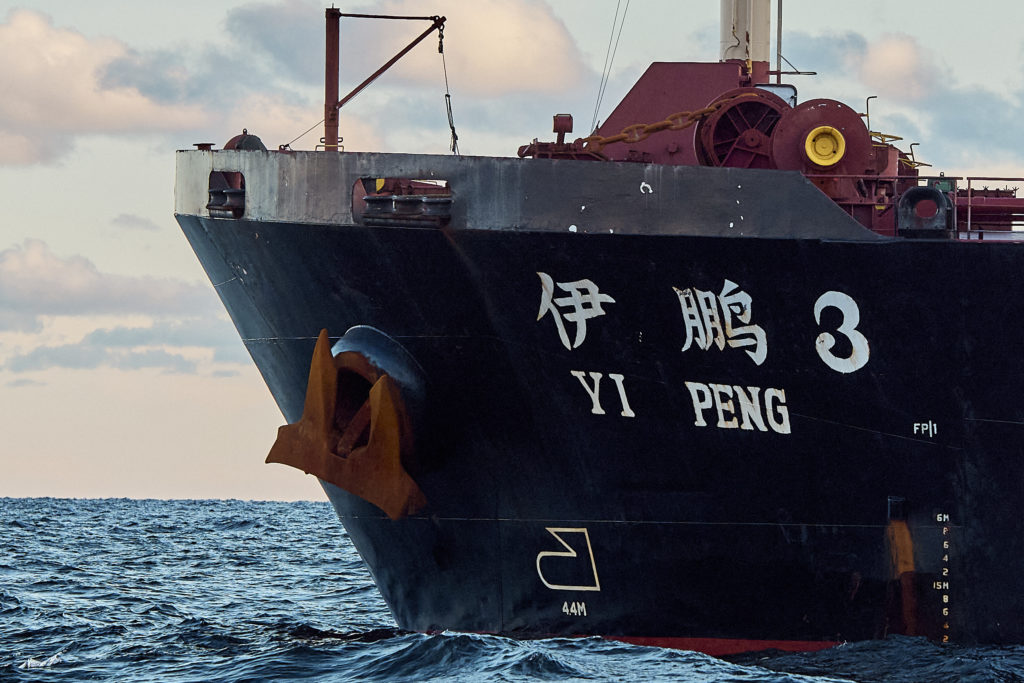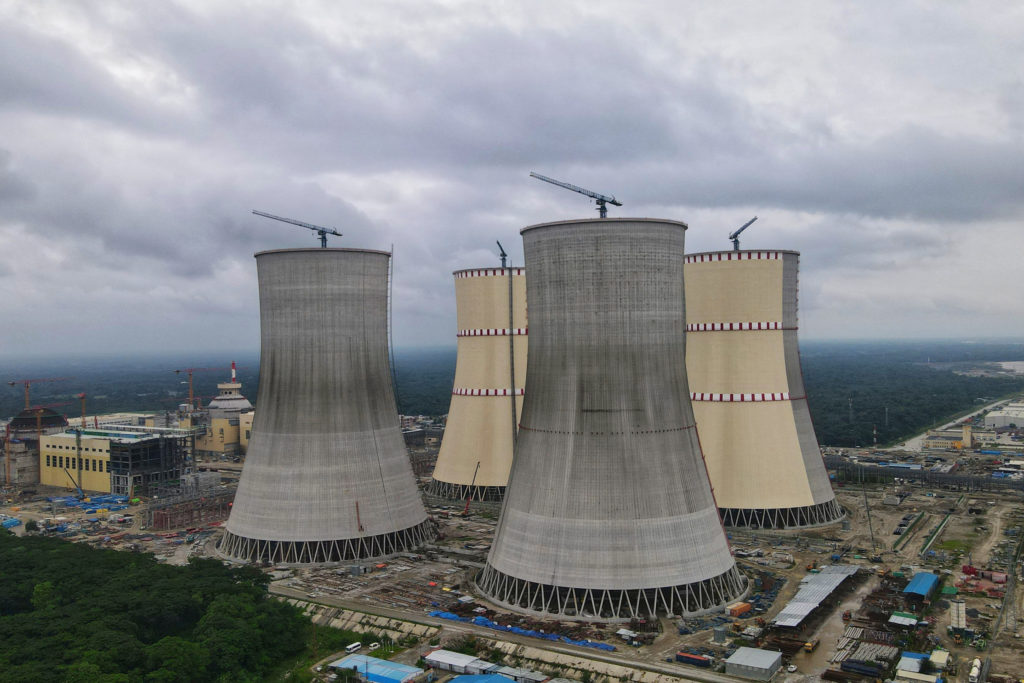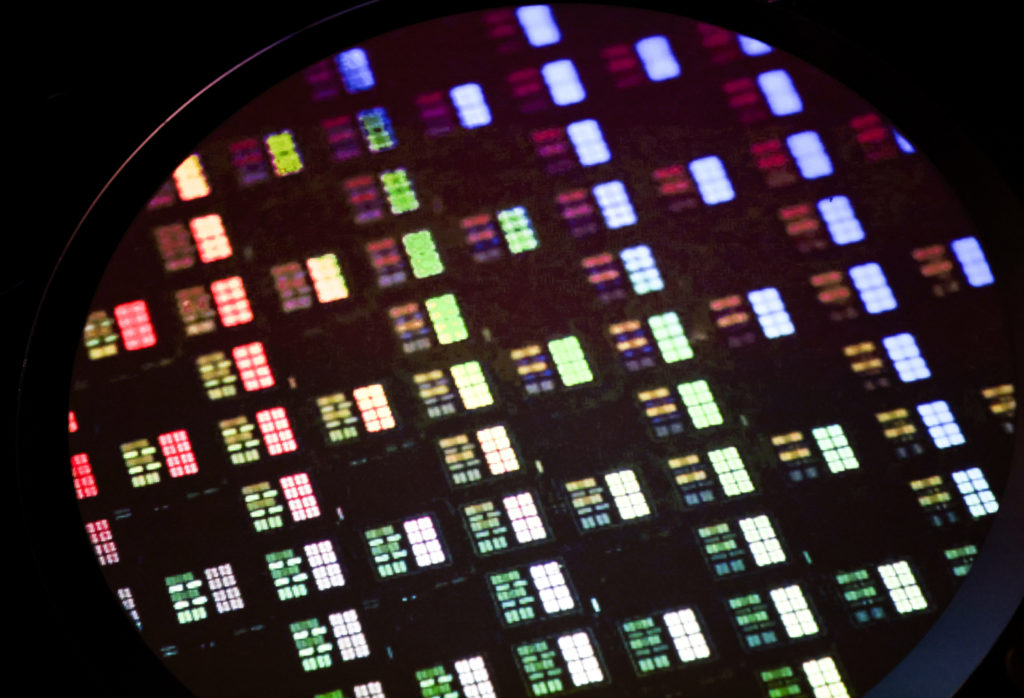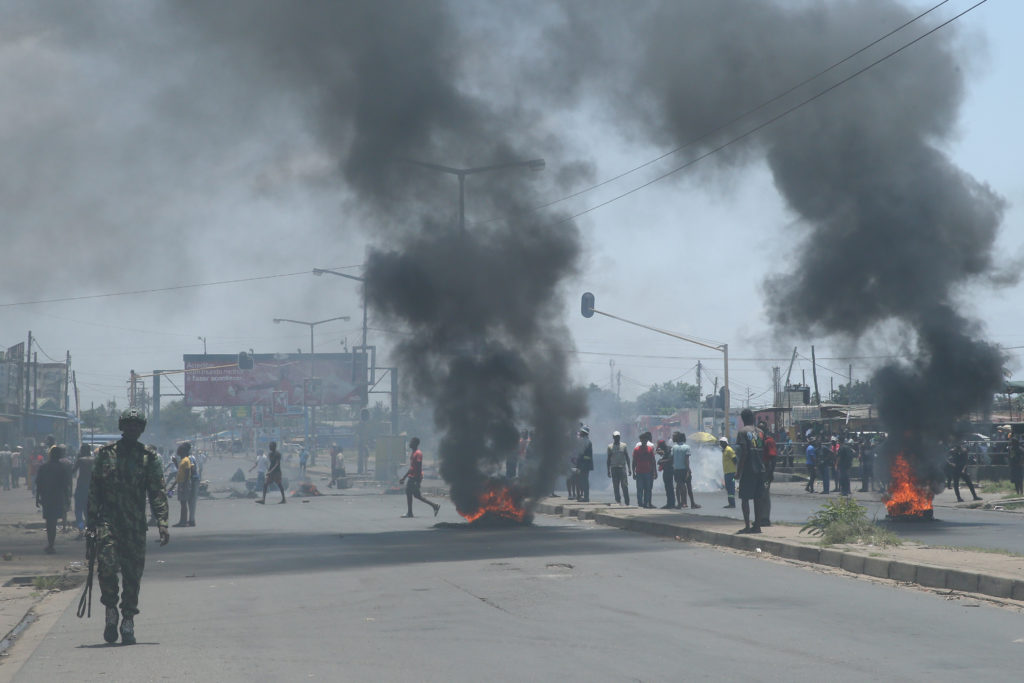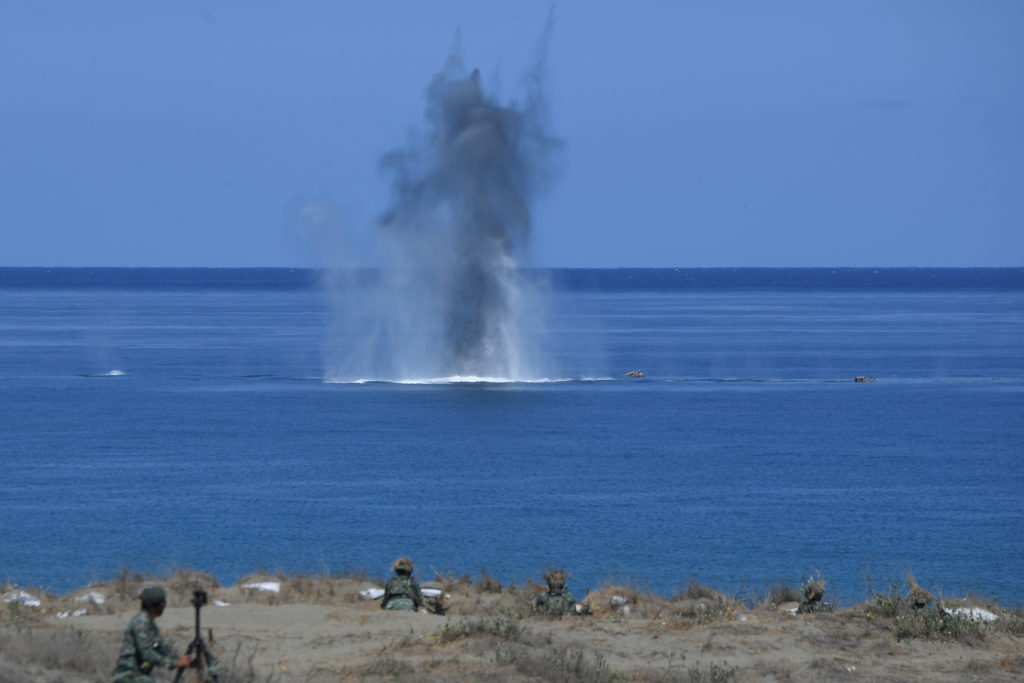Australia’s bid to develop a fleet of nuclear-powered submarines will cost more than US$80 billion and take decades in the “most complex” project the country has ever embarked on, a study released Monday warned.
The report from the Australian Strategic Policy Institute — an influential Canberra-based think tank — said ownership of the high-tech subs built with US or British know-how would offer a major advantage in deterring aggression from China or elsewhere.
But it will also be a fiendishly difficult task requiring a step-change in Australia’s military and industrial capabilities.
It is “probably the largest and most complex endeavour Australia has embarked upon. The challenges, costs and risks will be enormous,” the think tank warned.
“It’s likely to be at least two decades and tens of billions of dollars in sunk costs before Australia has a useful nuclear-powered military capability.”
The project, announced last month, will make Australia the only non-nuclear weapons power to own nuclear-run submarines, which are capable of travelling quickly over long distances carrying long-range missiles and state-of-the-art underwater drones.
Canberra plans to equip them with conventional rather than nuclear weapons. It has yet to decide whether it will buy US or British technology, what class, size and capabilities the subs will have, where they will be built or how radioactive material will be handled.
Even under an optimistic schedule, the first submarines are unlikely to be operational before 2040, according to the report’s authors, who include former Australian defence department officials and an expert on nuclear physics.
The price tag will be eyewatering, with an eight-boat programme costing Aus$116 billion (US$83 billion) “at an absolute minimum”, almost a tenth of annual gross domestic product.
Among a litany of tasks ahead, the navy will have to triple the number of submariners it recruits, refurbish docks, and develop extensive nuclear safeguards.
On the diplomatic front, Australia will need to reassure neighbours and the International Atomic Energy Agency that the subs do not present a nuclear proliferation risk.
“Regardless of the Australian government’s declared intentions,” the report said, “once Australia possesses (weapons-grade enriched uranium), the breakout time to develop and construct nuclear weapons would be less than a year if a simple nuclear-weapon design were pursued.”
The submarine plan has already caused diplomatic headaches for Canberra, with nearest neighbour Indonesia expressing concern, and the decision to ditch a contract to buy French non-nuclear submarines causing fury in Paris.

